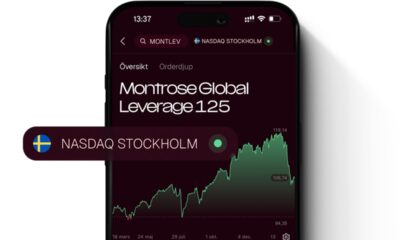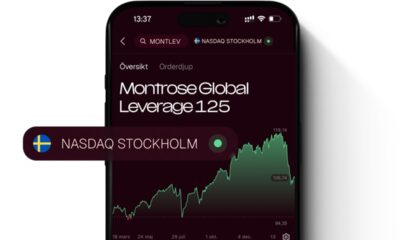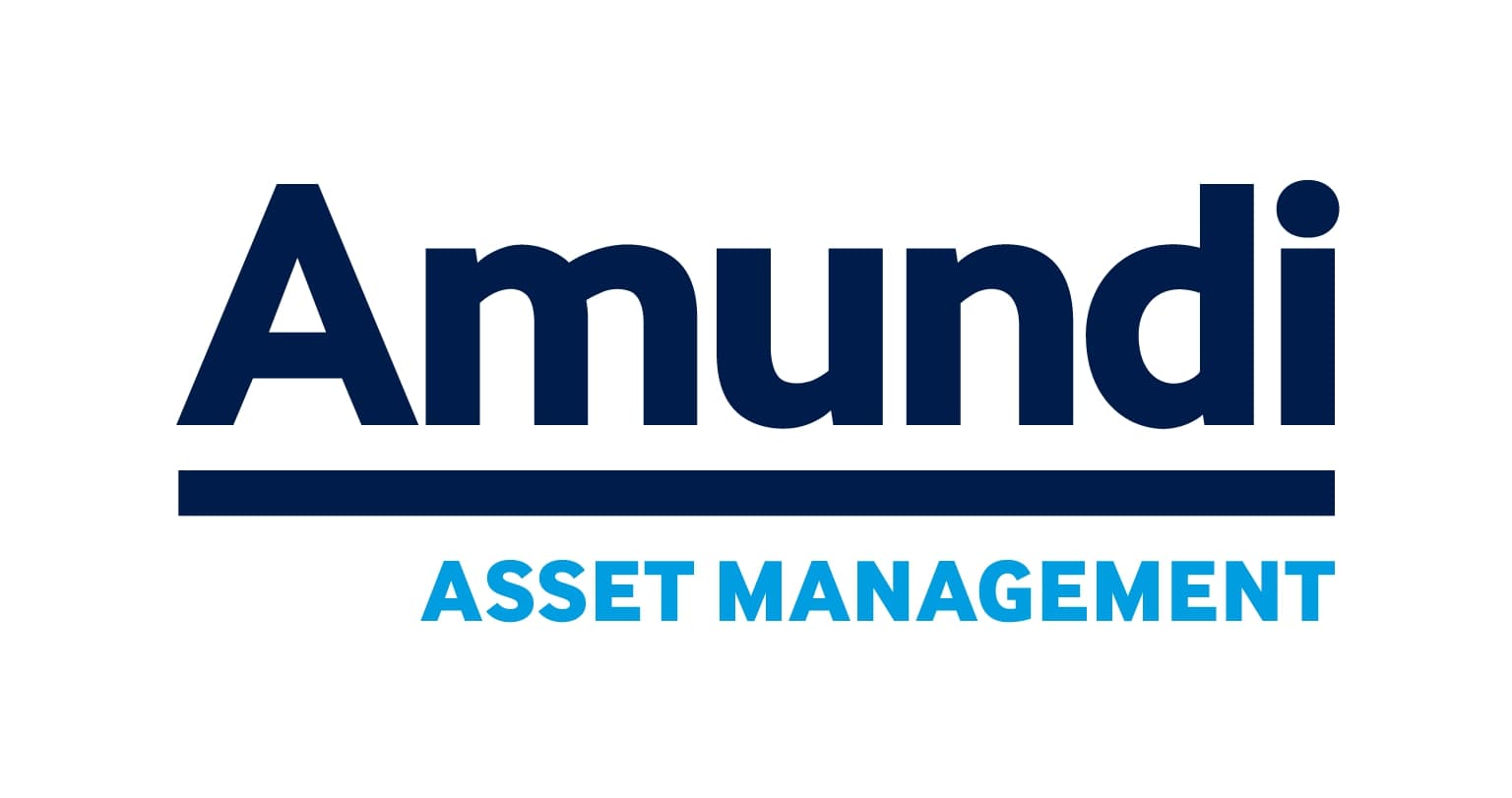ETF Securities Weekly Flows Analysis – Agricultural ETPs took the lion’s share of flows
Highlight
- Agricultural ETPs garner the highest inflows in 9 years last week
- Gold ETPs extend outflows for the fifth week in a row
- Broad commodity basket ETPs face redemptions for the third week in a row
Agricultural ETPs garner the highest inflows since October 2009. Since the start of the year, agricultural commodities led by wheat, corn, cotton and soybeans have been spearheading gains across the commodity complex owing to supportive fundamentals helped by unexpected extreme weather conditions. In the case of wheat, severe hot and dry weather conditions that the main growing regions have experienced have driven concerns about lower global wheat production. According to the latest monthly July report released by the World Agricultural Supply and Demand Estimates (WASDE), international 2018/19 wheat supplies are forecasted to fall 9.3mn tons owing to lower production, which would mark the smallest supply in 3 years.
Last week, wheat prices also caught a tailwind subsequent to news that the Ukrainian Ministry was contemplating limiting the amount of milling wheat the country exports. In the case of corn, a positive demand story has been supporting prices high. After 5 years of surpluses, the corn market is expected to be in a deficit as consumption outpaces supply, driving corn stocks to a six-year low of 152 million tons, according to the US Department of Agriculture (USDA).
Meanwhile, the soybean market appears to be caught in the crossfires of the trade spat between the US and China. Despite being caught in this trade spat, concerns about drier conditions and diminishing soil moisture levels at an important time for bean development continue to support the soybean market higher. The cotton market also seems to be profiting from the USDA’s recent estimates that revised global supply downward and raised consumption estimates higher. Despite the ongoing trade frictions, as the fundamental outlook for most agricultural commodities improves, investors appear to be taking exposure via diversified agricultural commodity baskets.
Gold ETPs extend outflows for the fifth week in a row. Gold prices continued to face a number of headwinds last week, amidst the stronger US Dollar, the more optimistic outlook on the US economy at the Federal Reserve meeting and the positive non-farm payroll report in the US. Speculative positioning on gold futures reached a net short exposure of 41,987 contracts, as of 31 July 2018, according to Commodity Futures Trading Commission (CFTC), an oversold territory in our opinion and we expect a turnaround in gold prices to follow.
Broad commodity basket ETPs face redemptions for the third week in a row as the trade spat intensifies. The retaliatory tariff cycle between the US and China showed no signs of abating last week. Beijing confirmed it had prepared a list of US$60Bn worth of US products on which it would impose tariffs if the Trump administration did not dial back on its threat to hike tariffs on US$200Bn of Chinese products. Commodities prices continued to get whipsawed as sentiment towards the complex weakened.
Important Information
This communication has been issued and approved for the purpose of section 21 of the Financial Services and Markets Act 2000 by ETF Securities (UK) Limited (“ETFS UK”) which is authorised and regulated by the United Kingdom Financial Conduct Authority (the “FCA”).

 Nyheter4 veckor sedan
Nyheter4 veckor sedan
 Nyheter3 veckor sedan
Nyheter3 veckor sedan
 Nyheter3 veckor sedan
Nyheter3 veckor sedan
 Nyheter3 veckor sedan
Nyheter3 veckor sedan
 Nyheter3 veckor sedan
Nyheter3 veckor sedan
 Nyheter2 veckor sedan
Nyheter2 veckor sedan
 Nyheter3 veckor sedan
Nyheter3 veckor sedan
 Nyheter2 veckor sedan
Nyheter2 veckor sedan























